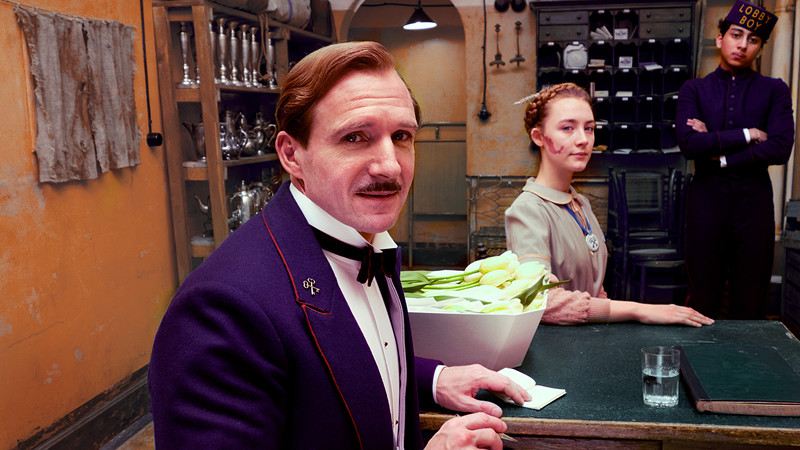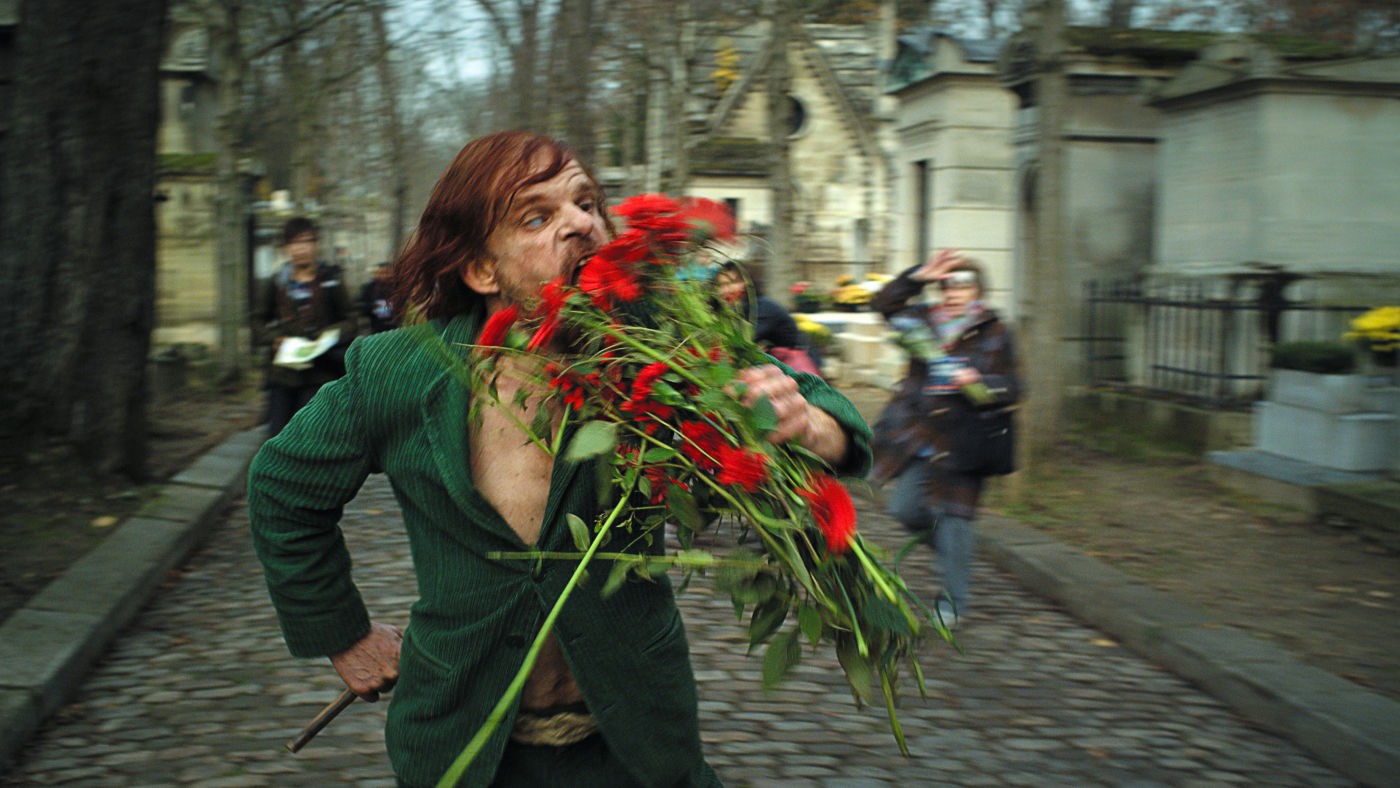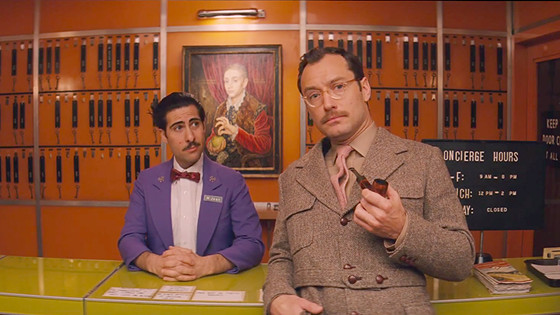
Predicting which classic films will be shown throughout the course of your time studying film at university is quite easy as the same classic films are likely to appear time and again. Predicting which recent films will be part of a film studies course is a little more challenging.
The point of this list is to do just that however and to therefore anticipate which recent films are likely to join the likes of Citizen Kane, Modern Times, Last Tango in Paris and Mulholland Drive in becoming a staple of film studies courses in the years to come.
The films included in this list should be of interest to anyone who has an interest in studying film at university or anyone who is interested in knowing what recent films are currently being dissected in film studies classes and seminar groups around the world.
1. Goodbye to Language (2014, Jean-Luc Godard)

It seems appropriate to kick this list off with a film by Jean-Luc Godard as it wouldn’t be a list of films studied at university without the inclusion of a film by the modernist auteur and French new wave trailblazer.
Aged 83 when his 3D experimental film, Goodbye to Language came out in 2014, Godard can be seen to continue to innovate and influence well into his twilight years. Incredibly, the film is Godard’s 42nd feature film and is a film about a couple having an affair with each character’s actions repeating and mirroring the others.
Goodbye to Language is likely to join other Godard films such as Breathless and Contempt as being a regular on film studies courses if for no other reason than to bring awareness to the fact that such an influential name in film history is still alive and active in contemporary cinema.
2. The War You Don’t See (2011, John Pilger)

The War You Don’t See is a 2011 British documentary film written, produced and directed by veteran journalist John Pilger. The film challenges the media for the role they played in the wars in Iraq and Afghanistan and the Israel/Palestine conflict.
Amongst the participants in the documentary include long-term CBS Evening News anchor Dan Rather, Green Party presidential candidate, Cynthia McKinney and whistle-blower and Wikileaks founder, Julian Assange.
The film is likely to be shown at some point during your time studying film at university because it is the definitive film that teaches students the true nature of the media industry.
The film’s criticism of embedded war journalists and other forms of one-sided journalism and media bias also explains the importance of perspective when attempting to document fact. The film also attempts to caution as it warns of the responsibility placed on those working in the media industry and that words and actions can have significant and far-reaching consequences.
3. Holy Motors (2012, Leo Carax)

Holy Motors is a truly bizarre, experimental French-German film. So bizarre in fact, a surprise cameo appearance by Australian pop megastar, Kylie Minogue, is far from the most unusual thing about it.
The film is as much a performance art piece as it is a film. This is largely due to Denis Lavant, a French actor known for the physically demanding roles he plays which often involve dance and acrobatics, being cast in the lead role.
True to form, what Lavant does with his body often becomes the most intriguing thing on screen. One example of this can be found in the scene where Lavant is dressed in a motion capture suit and engages in a strange dance/sex act with a female contortionist.
Leo Carax’s film will likely be shown at some point during your studies as it is the perfect film to convey performance art’s relationship with film and, like many films on this list, because it also subscribes to Paul Schrader’s theory – that film is no longer about content but form.
4. Spring Breakers (2012, Harmony Korine)

Few would have anticipated a film about the Florida spring break period which follows Disney’s bikini clad Selena Gomez and Vanessa Hudgens as they meet a peculiar drug dealer named Alien (James Franco) and eventually descend into a world of drugs, violence and crime to be studied at universities around the world.
Perhaps this should have been expected however, as the film’s director, Harmony Korine’s views on a post-cinema world and on anti-narrative have become increasingly popular in recent years.
Much of what Korine has added to the conversation in regards to anti-narrative and a post-cinema world has been demonstrated in all of his films so far, and Springbreakers is no different. Therefore, expect to analyse one of the many montage scenes of young hedonistic people enjoying spring break at some point throughout the course of your studies.
Also expect comments on the use of a YouTube aesthetic and be prepared to read deeper into the plot and comment on the film’s reflection of modern-day superficiality and millennial’s obsession with highly stylized pop culture.
5. The Grand Budapest Hotel (2014, Wes Anderson)

Wes Anderson films prove extremely popular with film buffs and this is especially true for film academics as well. It would be unusual for a Wes Anderson film not to be studied at some point throughout the course of your studies (with Anderson’s 2001 film, The Royal Tenenbaums typically being the go to film for lecturers to showcase).
However, with the acclaim that The Grand Budapest Hotel garnered when it came out several years ago, and with it being a more current film, you can expect to see The Royal Tenenbaums substituted for it.
The film is set in the 1930s in an audaciously decorated hotel in a ski resort and features an all-star cast that includes Ralph Fiennes, Adrien Brody, Saoirse Ronan and Tilda Swinton. Expect to analyse the film in regards to mise-en-scene and lighting and in this respect, there is a lot to analyse.